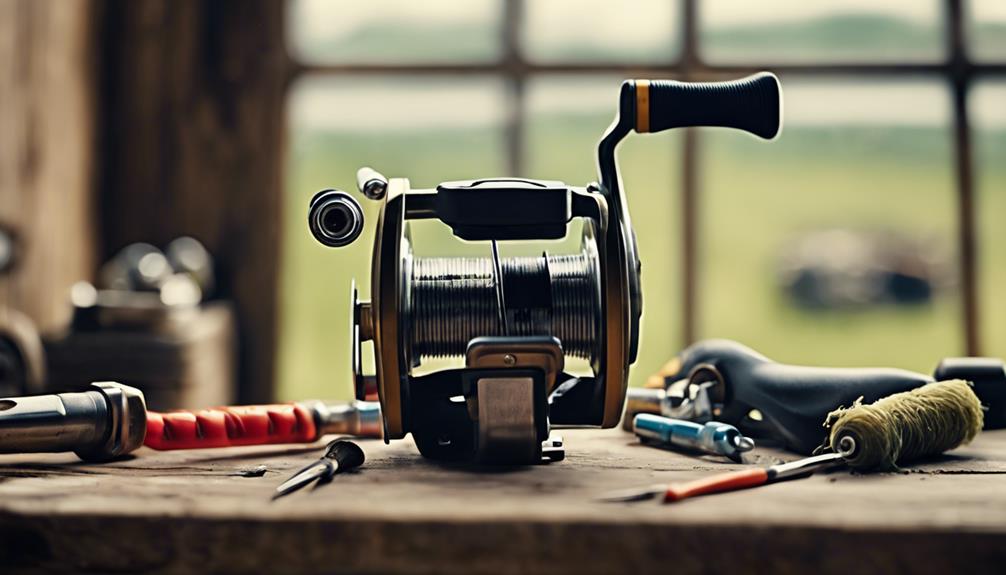Understanding the Basics of Fly Fishing
Fly fishing is a unique and captivating angling method that has gained immense popularity among fishing enthusiasts. It differs from traditional fishing techniques by using artificial flies to entice fish. These flies are lightweight and designed to mimic the appearance and movement of insects or small aquatic creatures. When learning how to fly fish, it’s essential to understand the fundamental components, including the rod, reel, line, and flies. Each element plays a crucial role in your fishing success, and mastering these basics will set the foundation for your fly fishing journey.
The Essential Gear for Fly Fishing
To effectively learn how to fly fish, investing in the right gear is crucial. A typical fly fishing setup includes a fly rod, fly reel, fly line, leader line, tippet, and a variety of flies. The rod and reel need to be matched for weight, with options typically ranging from 2 to 12 weight. Beginners often start with a 5 or 6 weight setup, as it’s versatile for various species. Additionally, consider your clothing—waterproof waders and sturdy boots are advisable for comfort and mobility while standing in water. Don’t forget accessories like a tackle box, fly box, and a good pair of polarized sunglasses to help see into the water.
Choosing the Right Location for Fly Fishing
When you’re ready to learn how to fly fish, selecting the right location is vital. Different bodies of water, such as rivers, lakes, and streams, offer varied fishing experiences. Research local fishing regulations and water conditions to find the best spots for your skill level. Popular beginner-friendly locations often include stocked ponds or rivers with easy access. Additionally, understanding the kind of fish you want to target will guide your location choice. Trout, bass, and panfish are commonly pursued species for novice fly anglers.
Learning the Techniques of Fly Casting
One of the most critical aspects of how to fly fish is mastering casting techniques. Fly casting involves using a specific motion to propel the line forward while keeping the fly at the desired distance. Beginners should focus on the basic cast, which includes the backcast and forward cast. A common mistake is overexerting force; instead, aim for smooth, controlled movements. Practice in an open area before hitting the water. Various resources, including books, online tutorials, and local classes, can help you refine your casting skills.
Understanding the Importance of Fly Selection
Choosing the right fly is paramount when learning how to fly fish. Flies come in various patterns and sizes, designed to imitate different insects and aquatic life. It’s essential to consider the season, local insect hatches, and the target species when selecting your flies. Dry flies float on the surface, while nymphs and streamers mimic underwater movements. Beginners should start with a few versatile patterns, such as Adams, Woolly Bugger, and Pheasant Tail, to cover various situations. Local fly shops often provide recommendations based on current conditions and fish behavior.
Practicing Catch and Release Techniques
As you advance in your fly fishing skills, understanding ethical practices is crucial. Learning how to catch and release fish properly helps conserve aquatic ecosystems and ensures future generations can enjoy the sport. Handle fish gently, using wet hands to avoid damaging their protective slime coating. Use barbless hooks when possible to minimize injury, and keep the fish in the water as much as you can during the release process. Educating yourself about local regulations regarding catch limits and seasons will further enhance your responsible fishing practices.
Exploring Fly Fishing Resources and Communities
To deepen your understanding of how to fly fish, engage with local or online fishing communities. Joining clubs, attending workshops, or participating in guided trips can provide invaluable hands-on experience. Many experienced anglers are eager to share tips and tricks, and you’ll find that the fly fishing community is welcoming and supportive. Online forums and social media groups are also excellent platforms for exchanging knowledge and experiences. Additionally, consider subscribing to fishing magazines and blogs for the latest tips, gear reviews, and destination guides.
Continuing Your Fly Fishing Journey
As you become more comfortable with the basics of how to fly fish, consider expanding your skills and techniques. Delve into advanced casting techniques, explore new fishing locations, and experiment with different types of flies. Join in on local fishing tournaments or outings to enhance your experience and challenge yourself. Remember that fly fishing is not just about catching fish; it’s about enjoying the outdoors, honing your skills, and connecting with nature. Embrace each fishing trip as an opportunity to learn and grow as an angler.
In conclusion, learning how to fly fish is a rewarding experience that combines skill, patience, and a deep appreciation for nature. By understanding the basics, investing in the right gear, and engaging with the fly fishing community, you can develop your skills and enjoy the thrill of the catch. Whether you’re casting your line in a serene mountain stream or a bustling river, the art of fly fishing offers a unique way to connect with the environment and enjoy the great outdoors. Happy fishing!
